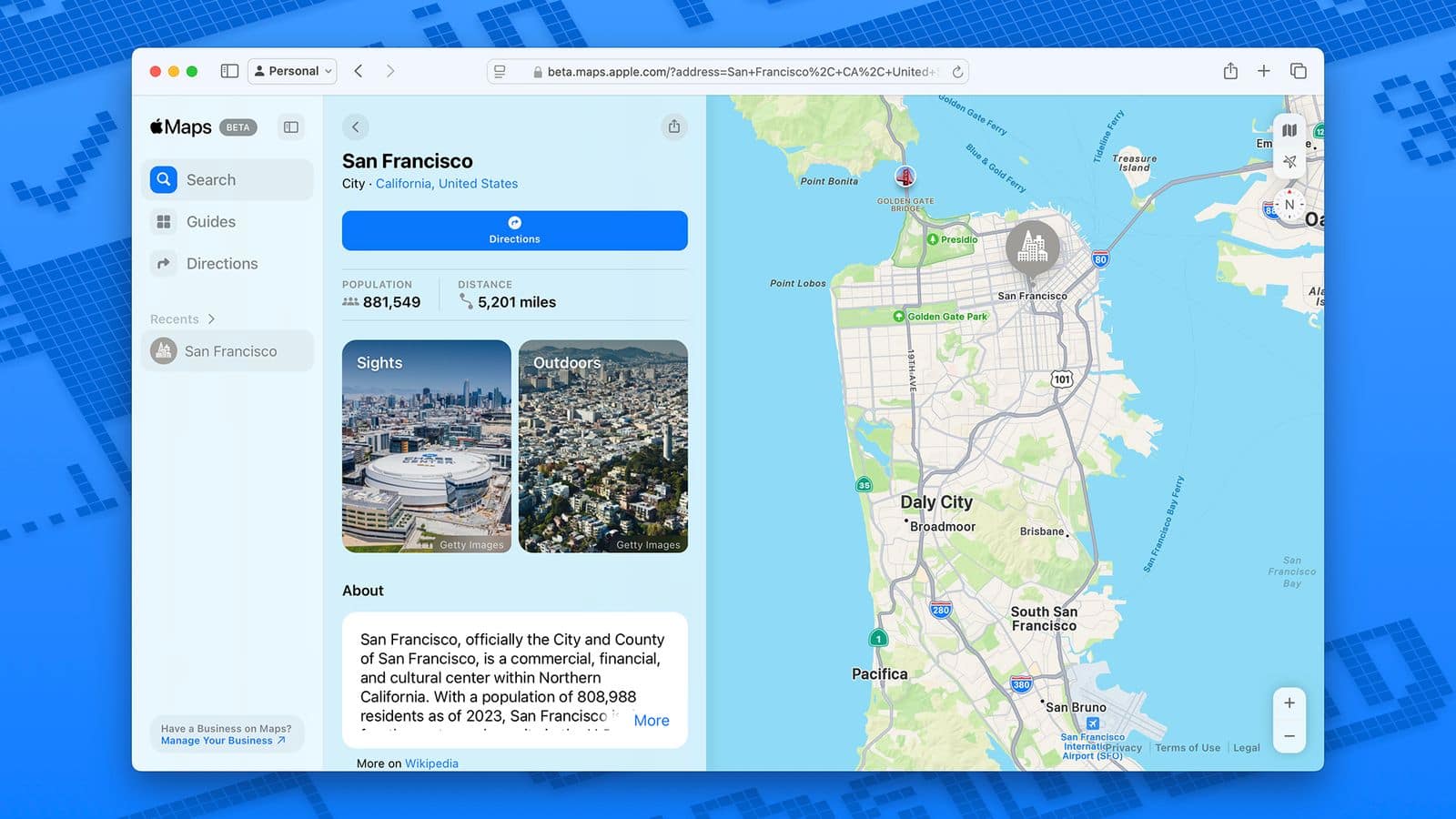Can AI Help Solve SA’s Healthcare Workforce Crunch?
Henry Adams, Country Manager, InterSystems South Africa
Artificial intelligence (AI) is often cast as a disruptive force, raising concerns about job displacement across multiple sectors. In healthcare, however, the narrative is shifting. Rather than replacing clinicians, nurses, radiologists and administrators, AI is starting to augment their roles, reshaping rather than removing them.
This is particularly relevant for South Africa, where human resources for health are under pressure, and the need for scalable, efficient solutions is pressing.
Both public and private healthcare institutions should be asking themselves not only whether AI will have a role in healthcare but also how they integrate it in a way that supports, uplifts and empowers the workforce. AI, thoughtfully deployed, can become a multiplier that will enable healthcare professionals to do more faster and with greater precision.
Reshaping roles, not replacing them
Across the world, healthcare systems are navigating a shortage of skilled professionals. In South Africa, the situation is compounded by geographic disparities in access, an aging workforce in certain disciplines, and the growing burden of chronic disease. In this context, AI can offer meaningful support, particularly when it is used to automate time-consuming tasks, support diagnosis or triage, and streamline administrative workflows.
For example, AI-powered diagnostic tools can rapidly analyze medical imaging, flagging anomalies for radiologists to review. Instead of replacing the human expert, these tools reduce the time spent on routine assessments and enable faster decision-making. In pathology, too, AI models can assist with pattern recognition, freeing up specialists to focus on complex or borderline cases. At the same time, virtual assistants and machine learning-driven scheduling tools can alleviate some of the administrative burden that often contributes to burnout among clinicians.
The shift is subtle but powerful. AI is not taking jobs; instead, it is changing the scope of them, keeping the “human in the loop,” which is an important message we need to deliver! If used appropriately, it gives time back to healthcare workers, allowing them to focus on what matters most, which is patient care.
The South African context
In South Africa, public and private healthcare providers alike are beginning to explore the potential of AI. With a clear need to address both cost and capacity constraints, institutions are increasingly looking for solutions that deliver impact without requiring full-scale infrastructure overhauls. AI tools, particularly those integrated into existing systems and workflows, are well placed to meet this need.
A 2023 report by Boston Consulting Group highlighted the opportunities that AI and generative AI present for healthcare in South Africa, noting the potential to alleviate workforce shortages and improve the efficiency of service delivery. Importantly, the report called for a coordinated national strategy that considers not only technology but also education, policy and ethics.
For healthcare institutions, the opportunity lies in moving from experimentation to integration. This means embedding AI in a way that aligns with clinical goals, complements existing expertise, and upholds patient trust.
Rethinking workforce development
To fully realize the benefits of AI as a workforce multiplier, South African healthcare providers must think differently about workforce development. This is not only about technical training, although that is part of the picture. It is about cultivating a culture of collaboration between technologists, healthcare professionals, and leadership teams.
Training programs must equip staff to use AI tools while continuously applying governance for data privacy, consent, and transparency and always critically interpreting their outputs. For instance, a doctor working with an AI triage system should understand how recommendations are generated, what data is used and shared with the AI tools, and when to question the AI’s conclusions. Likewise, non-clinical staff involved in administration or billing must learn to navigate and oversee AI-enhanced systems with confidence and transparency.
Alongside training, there is a need for supportive regulation and policy frameworks. These should provide clarity on accountability, data governance, and ethical use so that healthcare workers and patients can feel assured that AI is a trusted part of care delivery, not an opaque black box.
Pilot projects focused on specific use cases, such as image analysis or electronic health record optimization, can help institutions build evidence and confidence. These projects also create valuable feedback loops, enabling continuous improvement and highlighting where further human input or oversight is needed.
The human element
Ultimately, the integration of AI into healthcare is not about technology alone; it must be focused on people and hone in on how they work, how they learn, and how they collaborate. In the complex and high-stakes healthcare industry, human judgment remains irreplaceable. What AI can do is amplify that judgment, offering new tools to support clinical insight, speed up diagnosis, reduce administrative drag, and improve outcomes.
In South Africa, where both opportunity and need are high, there is a real chance to reimagine how the healthcare workforce operates. Workforce development, in this context, becomes about more than skills. It becomes a strategy for resilience, a way to ensure that the healthcare system can grow stronger and smarter in the face of ever-evolving and growing healthcare demands.
By Henry Adams, Country Manager, InterSystems South Africa
More Articles Like This
– Advertisement –
Source: www.itnewsafrica.com











Post Comment